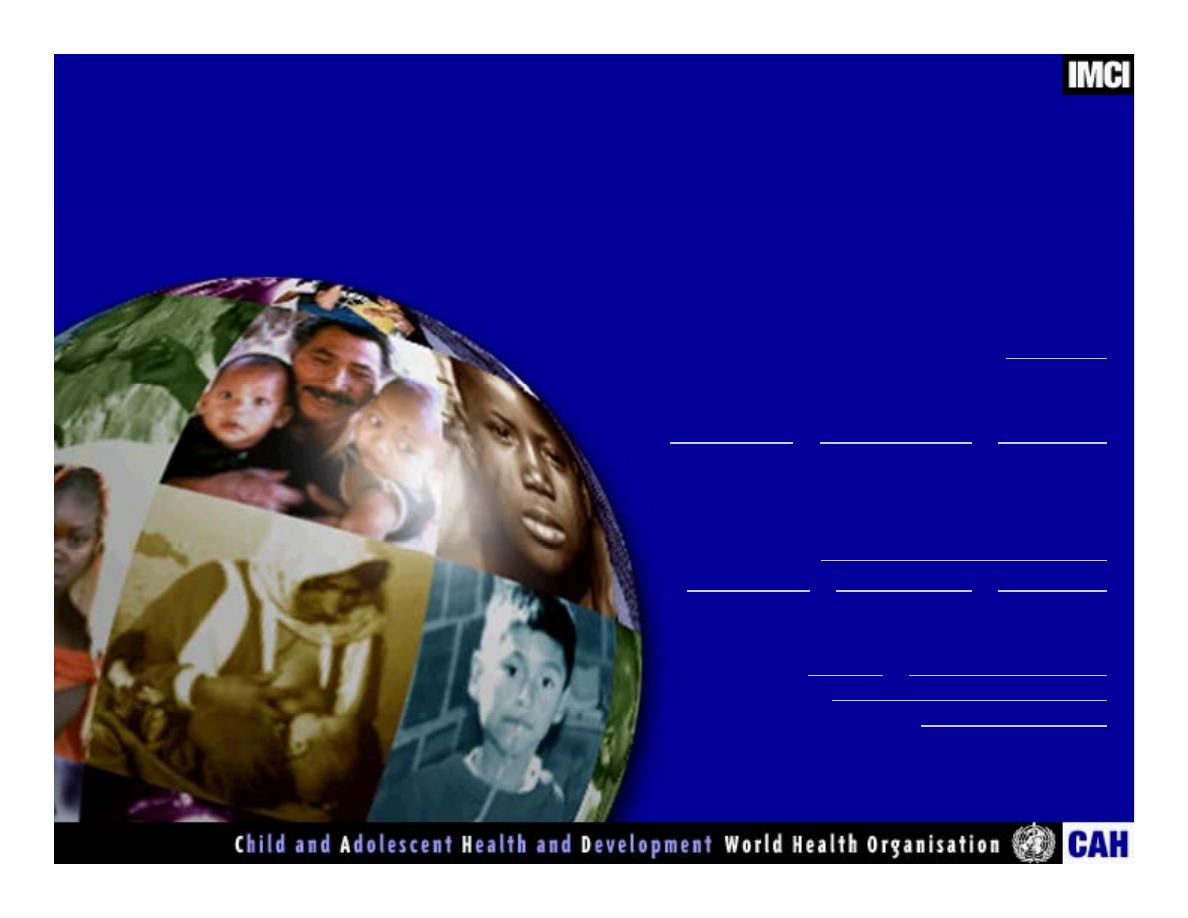
T e c h n i c a l S e m i n a r s
Acute Respiratory Infections
Sensivity & specificity
Definition
Pneumonia
Recognition
•
Fast breathing
•
Antibiotics
Severe Pneumonia
or Very Severe Disease
Lower chest wall indrawing
Recognition
•
Clinical signs
•
Antibiotics
Wheezing
Causes
•
Drug management
Disadvantages of Addition
Consider Addition
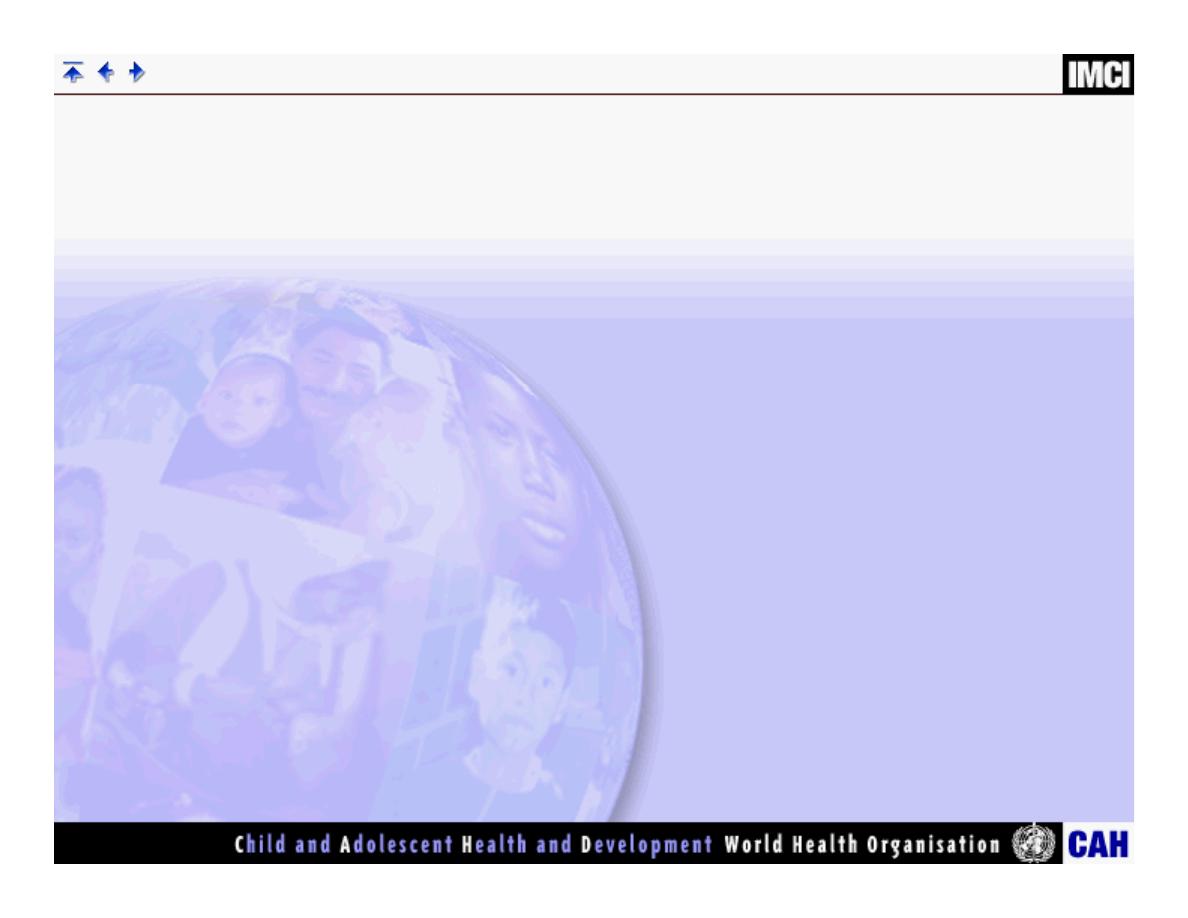
A c u t e R e s p i r a t o r y I n f e c t i o n s
A c u t e R e s p i r a t o r y I n f e c t i o n s
Pneumonia
Recognition
•
Based on fast breathing, and lower
chest wall indrawing
•
“Cough OR difficult breathing,” not
“cough AND difficult breathing”
–
Fewer than 25 percent of children with cough also
have difficult breathing
–
Many causes of difficult breathing not related to
cough
–
Using both can cause false positives
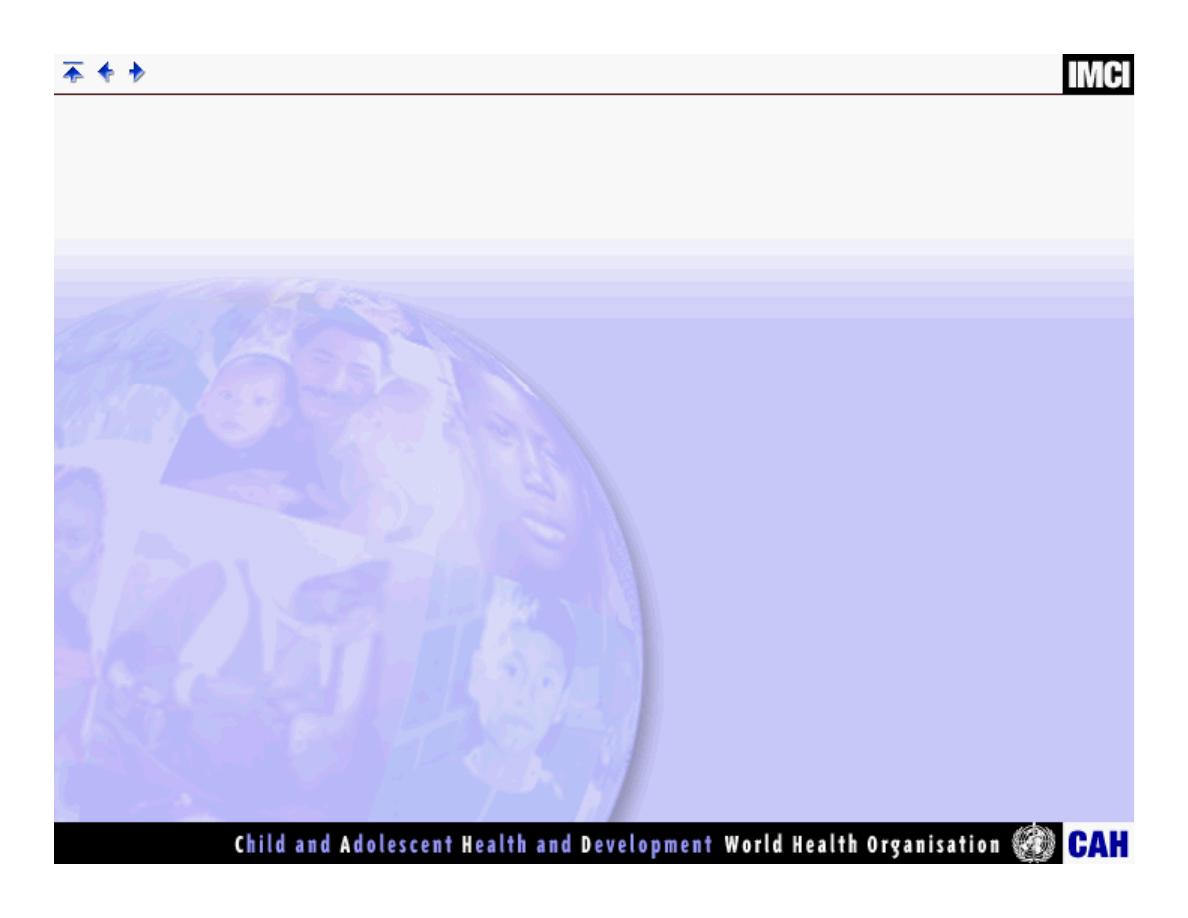
A c u t e R e s p i r a t o r y I n f e c t i o n s
A c u t e R e s p i r a t o r y I n f e c t i o n s
Sensitivity and Specificity
Definitions
• Sensitivity
- the proportion of those with the disease
who are correctly identified by sign. It measures how
sensitive the sign is in detecting the disease.
• Specificity
- the proportion of those without the
disease who are correctly called free of the disease by
using the sign.
•
Low sensitivity of diagnosis is a more serious problem
than low specificity.
•
Respiratory cut-off rates determined by ROC curve.
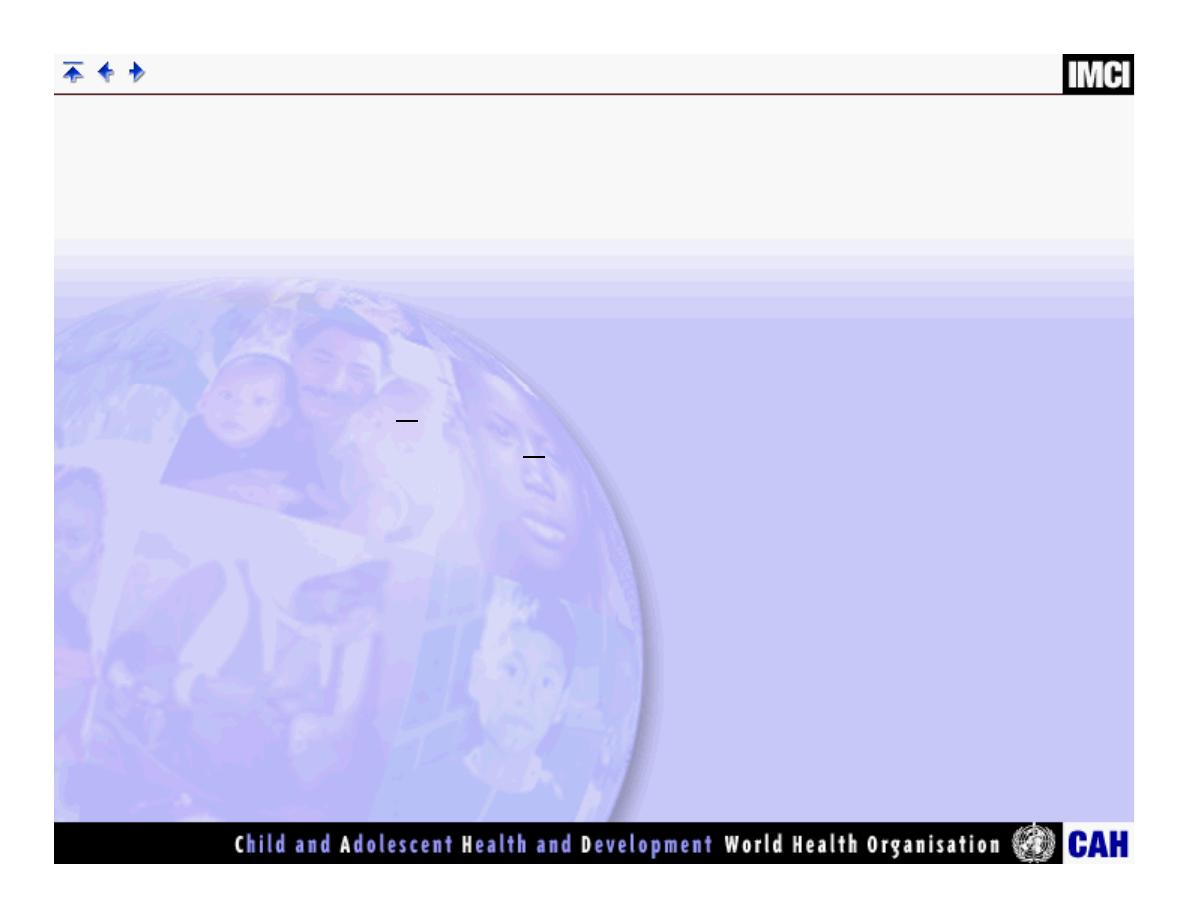
A c u t e R e s p i r a t o r y I n f e c t i o n s
A c u t e R e s p i r a t o r y I n f e c t i o n s
Pneumonia
Fast breathing
•
Fast breathing based on age-specific
thresholds
–
2 to 12 months > 50
–
12 months up to 5 years > 40
–
If rate is below cut-offs (plus no danger signs and no chest wall
indrawing) the classification is no pneumonia, cough and cold.
•
Use timing device to count rate for one full
minute (preferably)
•
Best to count rate in a quiet and alert child
•
Fever can affect respiratory rates, but do not
wait for fever to subside
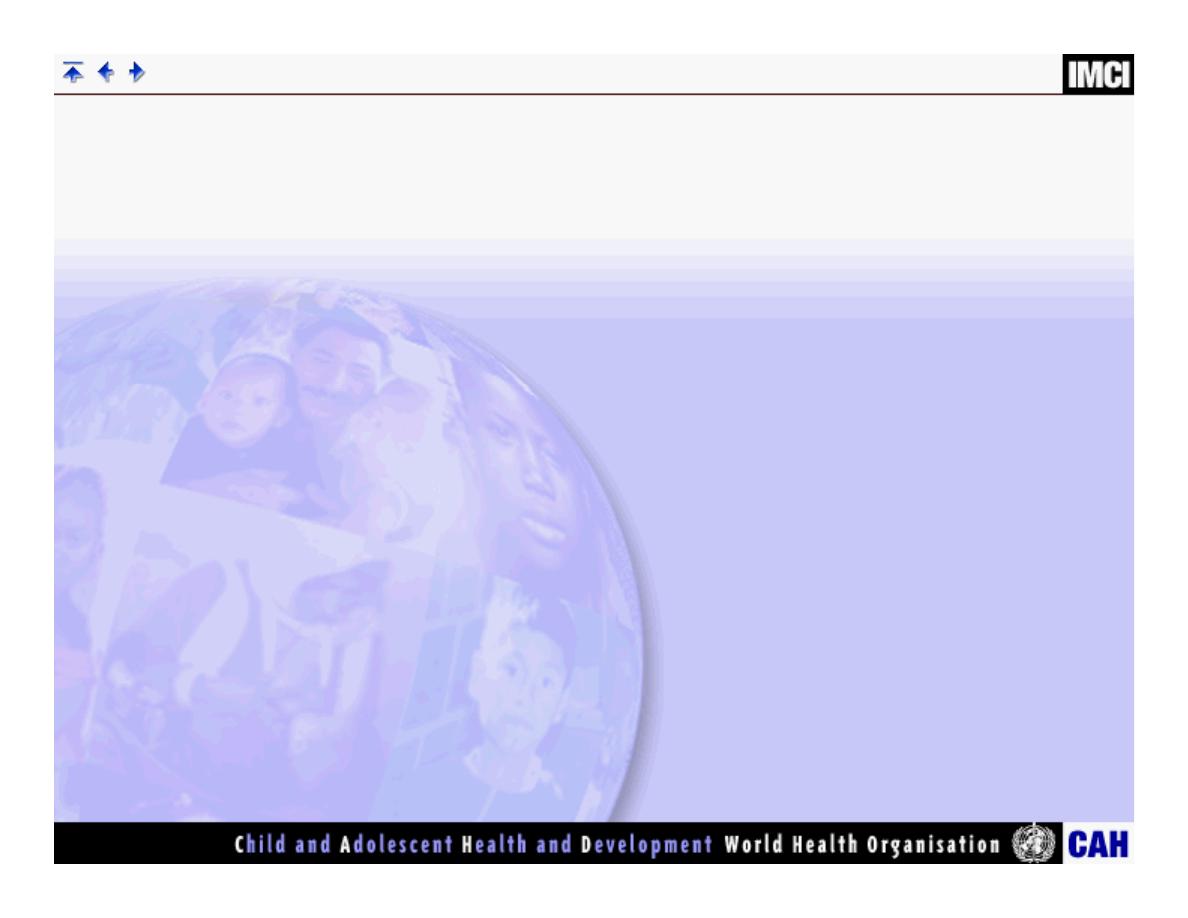
A c u t e R e s p i r a t o r y I n f e c t i o n s
A c u t e R e s p i r a t o r y I n f e c t i o n s
•
Initial WHO respiratory rate cut-off of
50/minute based on Goroka, Papua New
Guinea studies
•
Studies in Gambia and Philippines showed this
cut-off rate was not specific enough for
children 1 to 4 years
•
Threshold for older children was lowered to
40/minute and confirmed with studies
•
Two rates may cause confusion but advantage
is increased sensitivity
Pneumonia
Fast breathing
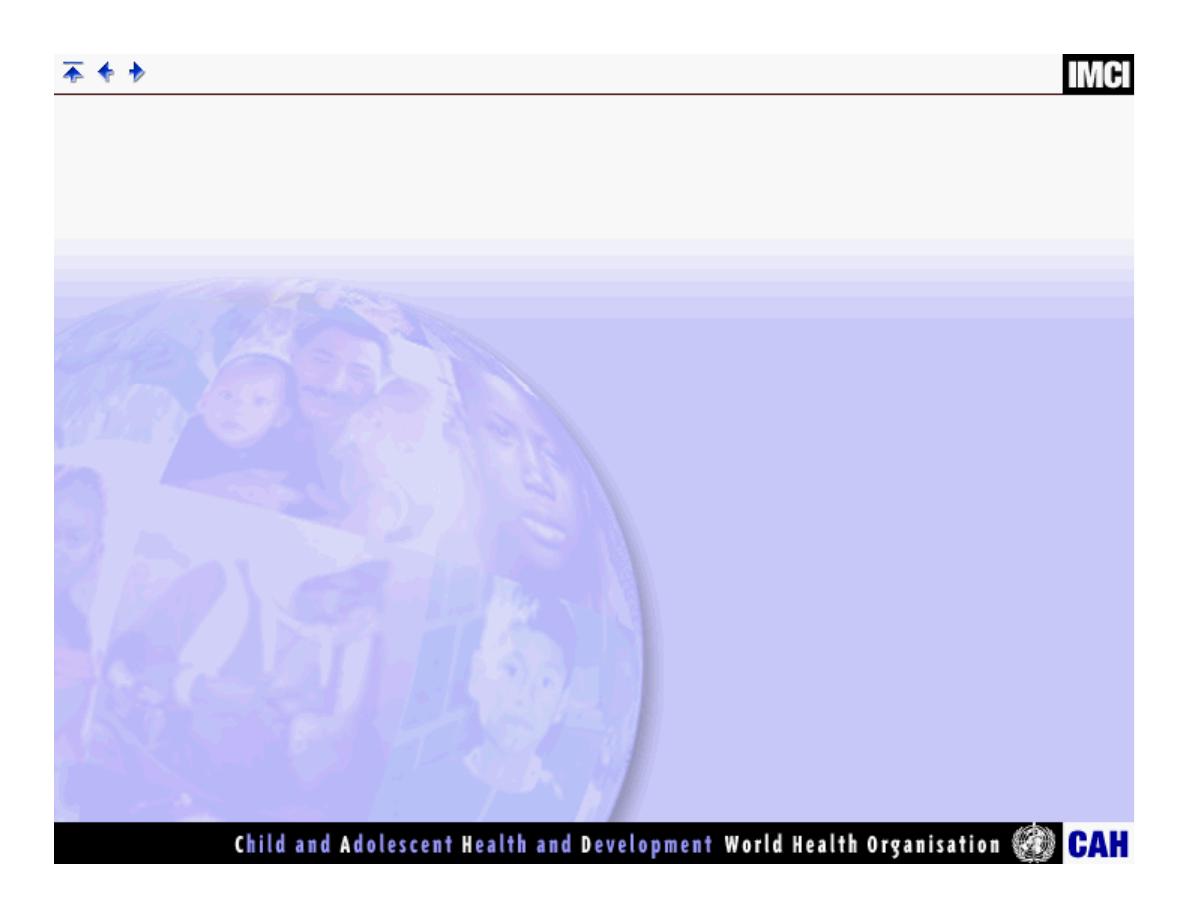
A c u t e R e s p i r a t o r y I n f e c t i o n s
A c u t e R e s p i r a t o r y I n f e c t i o n s
Severe Pneumonia
Lower chest wall indrawing
•
Problems in recognizing children who should be
urgently referred
•
“Retractions” suggested as indication of severe
disease but multiple definitions existed
•
Studies found
lower chest wall indrawing
best
identified children who required assessment or
admission
–
must be definite, present all the time

A c u t e R e s p i r a t o r y I n f e c t i o n s
A c u t e R e s p i r a t o r y I n f e c t i o n s
Severe Pneumonia or Very Severe Disease
•
Urgently refer children with Cough or
difficult breathing
AND
–
Lower chest wall indrawing
OR
–
Stridor when calm
OR
–
Any general danger sign
Recognition
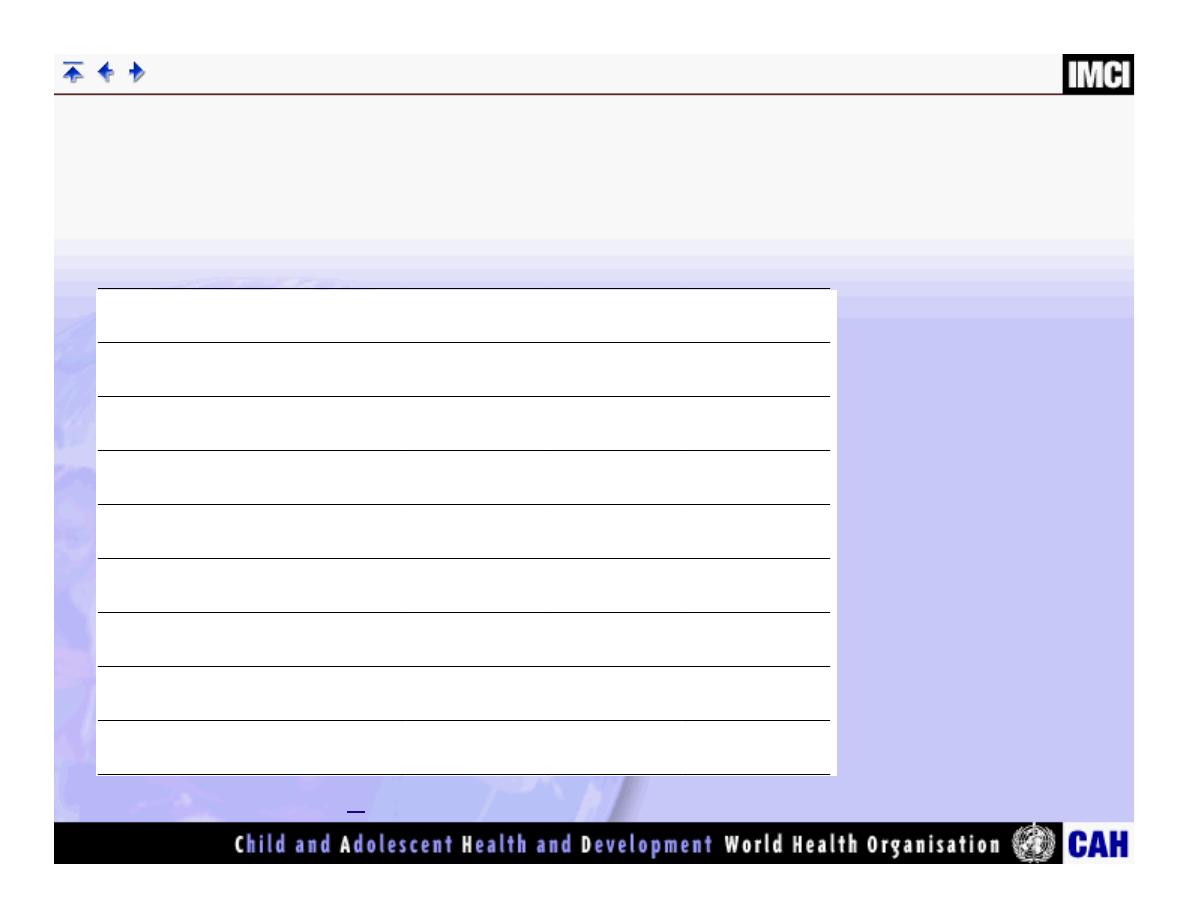
A c u t e R e s p i r a t o r y I n f e c t i o n s
A c u t e R e s p i r a t o r y I n f e c t i o n s
Severe pneumonia or Very Severe Disease
Clinical signs
Chest
indrawing
Stridor
when calm
Danger
signs
Severe pneumonia
+
±
Bronchiolitis
±
±
Asthma
±
±
Epiglottitis
±
+
±
Laryngo-tracheitis
±
+
±
Severe anaemia
±
±
Meningitis
+
Septicaemia
+
+ = always present + = Present sometimes
A combination of
clinical signs
indicates need for
referral and
further
assessment
Identification of
potentially life
threatening
diseases must be
made by a proper
physical
examination at a
higher level
facility
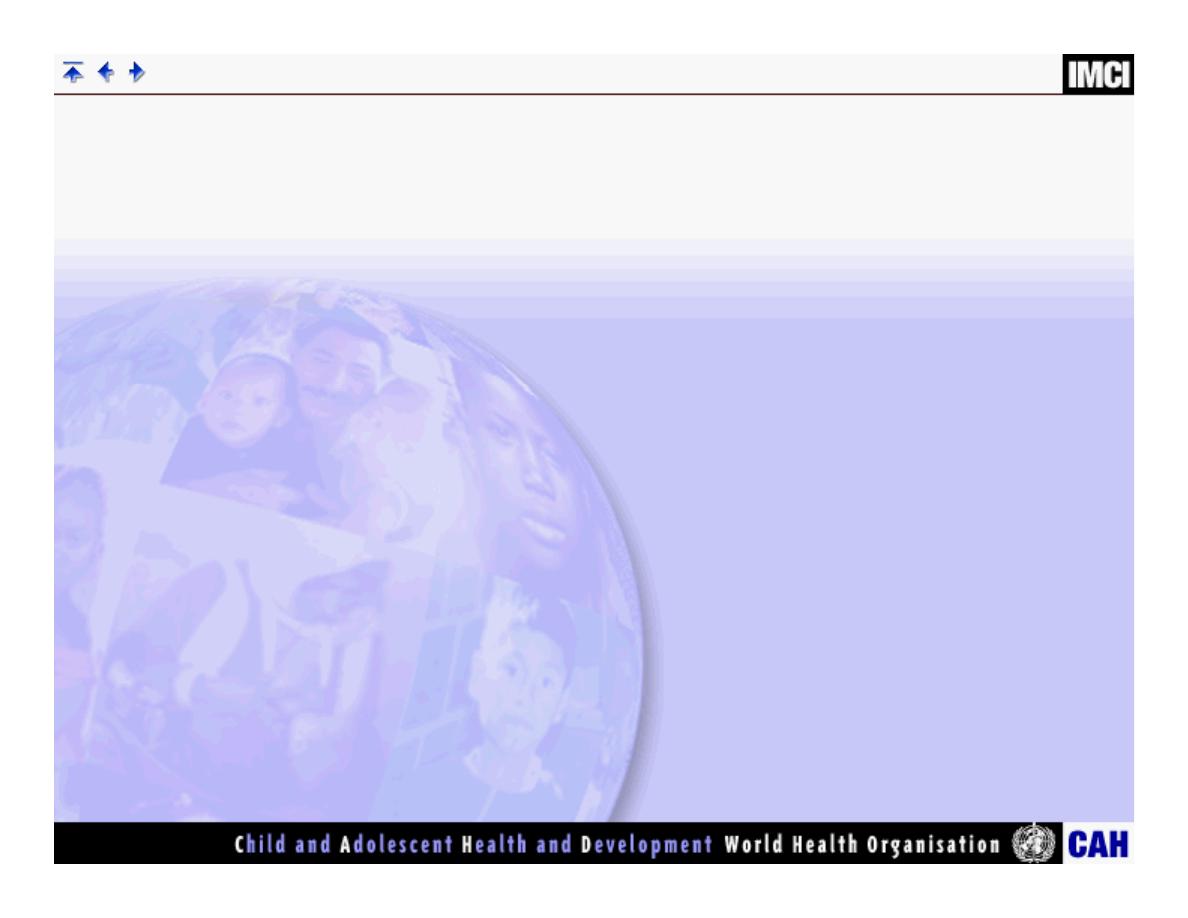
A c u t e R e s p i r a t o r y I n f e c t i o n s
A c u t e R e s p i r a t o r y I n f e c t i o n s
Pneumonia
Antibiotics
•
Cotrimoxazole
–
Inexpensive, twice a day dosage
–
Few adverse effects
–
Resistance to S. pneumoniae and H.influenzae
•
Amoxicillin
–
More expensive, 3 times daily
–
Drug reactions are less common, but include diarrhoea
–
Clinically effective against penicillin-resistant
pneumococci
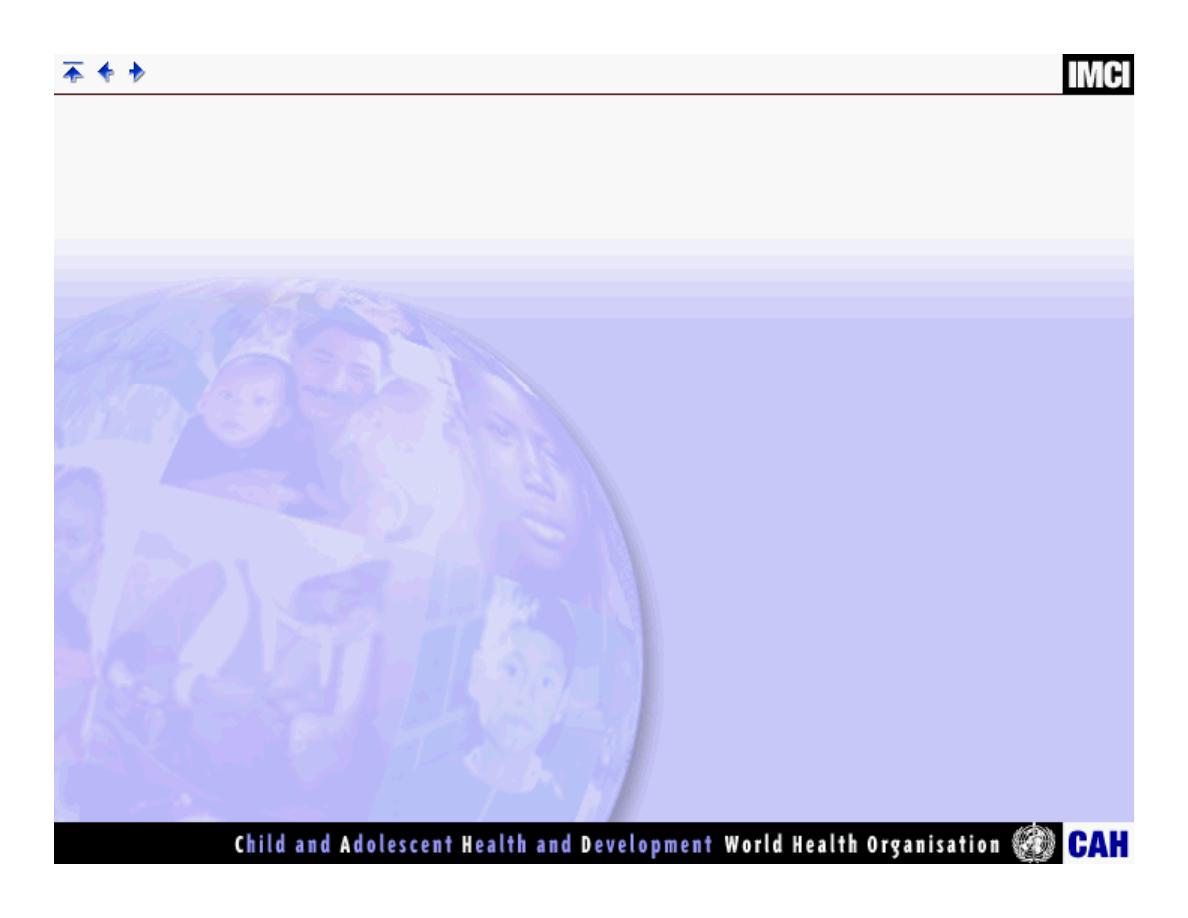
A c u t e R e s p i r a t o r y I n f e c t i o n s
A c u t e R e s p i r a t o r y I n f e c t i o n s
Severe pneumonia or Very Severe Disease
Antibiotics
•
Invasive bacterial organisms warrant
injectable antibiotics
–
Delivered to the blood and/or meninges
–
Incessant vomiting or shock prohibit oral antibiotics
•
Penicillin – IM
–
Inexpensive
–
Widely available
–
Limited organisms treated
–
Poor CSF penetration
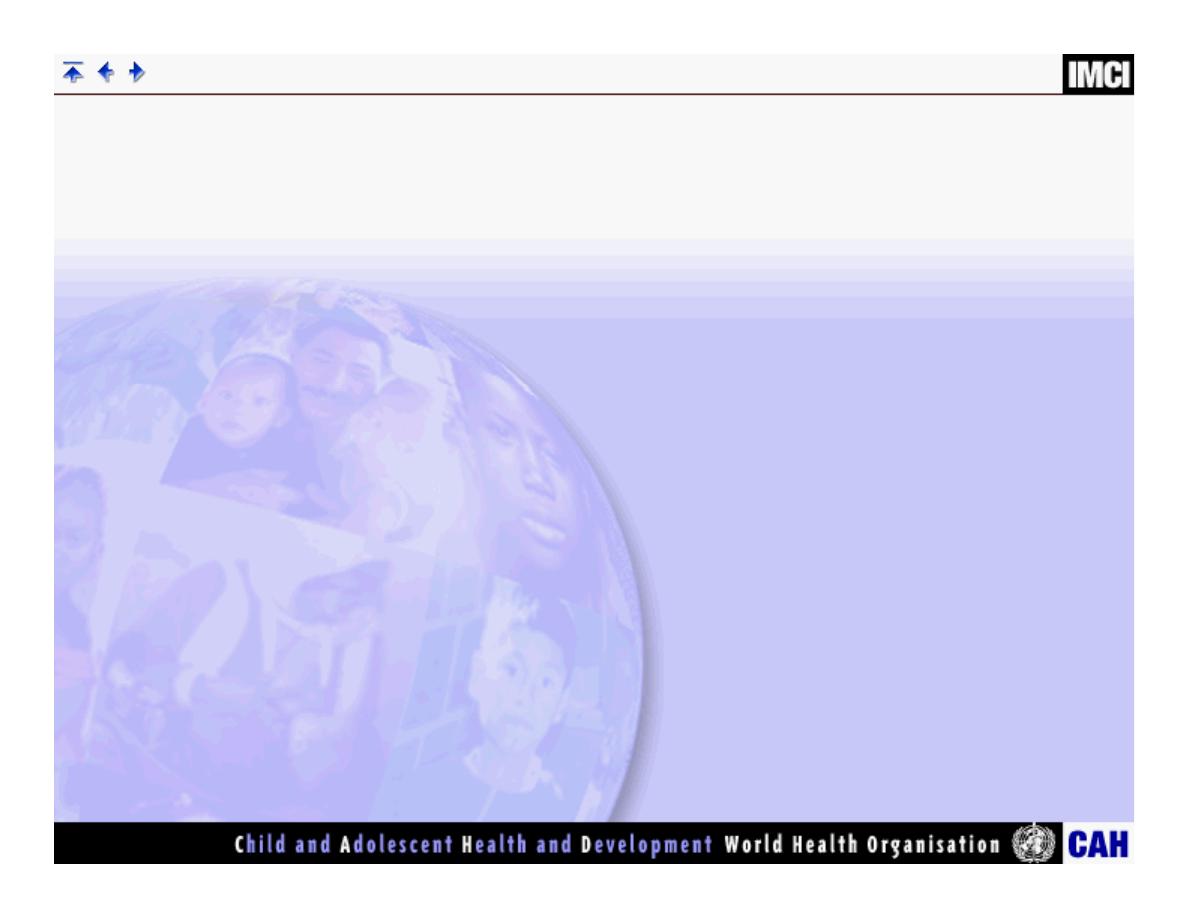
A c u t e R e s p i r a t o r y I n f e c t i o n s
A c u t e R e s p i r a t o r y I n f e c t i o n s
•
Chloramphenicol intramuscularly
–
Broader range of organisms treated
–
Good CSF penetration
–
Bioequivalent to IV administration
–
Some reluctance because diosyncratic aplastic
anaemia occurs in 1 in 80,000 to 100,000
–
Still best choice as a single dose pre-referral
antibiotic
Severe pneumonia or Very Severe Disease
Antibiotics
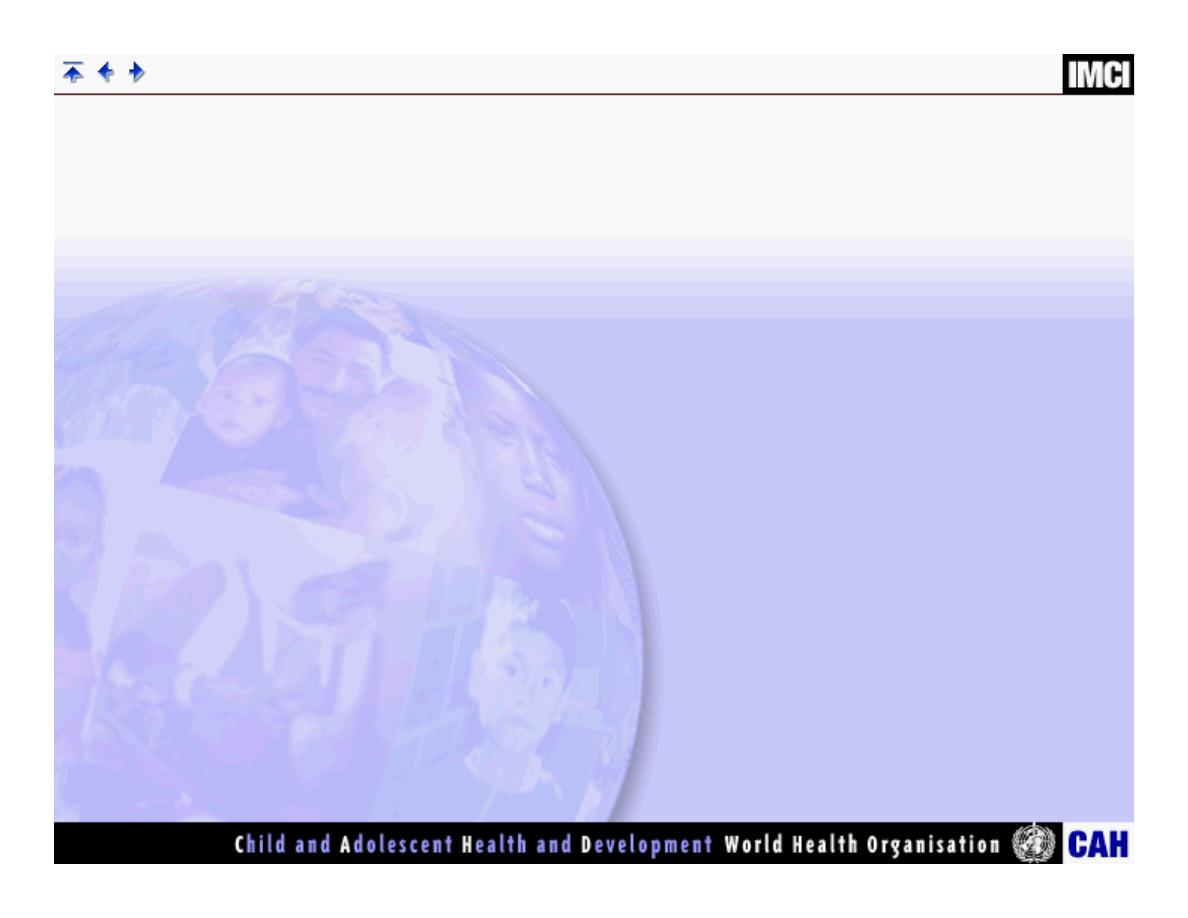
A c u t e R e s p i r a t o r y I n f e c t i o n s
A c u t e R e s p i r a t o r y I n f e c t i o n s
Wheezing
Causes
•
Under age 2 -
Bronchiolitis
•
Older children plus those with recurrent attacks of
wheeze -
bronchial asthma
or
reactive airways
disease
–
transient wheezers
–
persistent wheezers
•
Other respiratory infections
•
Inhaled foreign body
•
Tuberculous node compressing bronchus
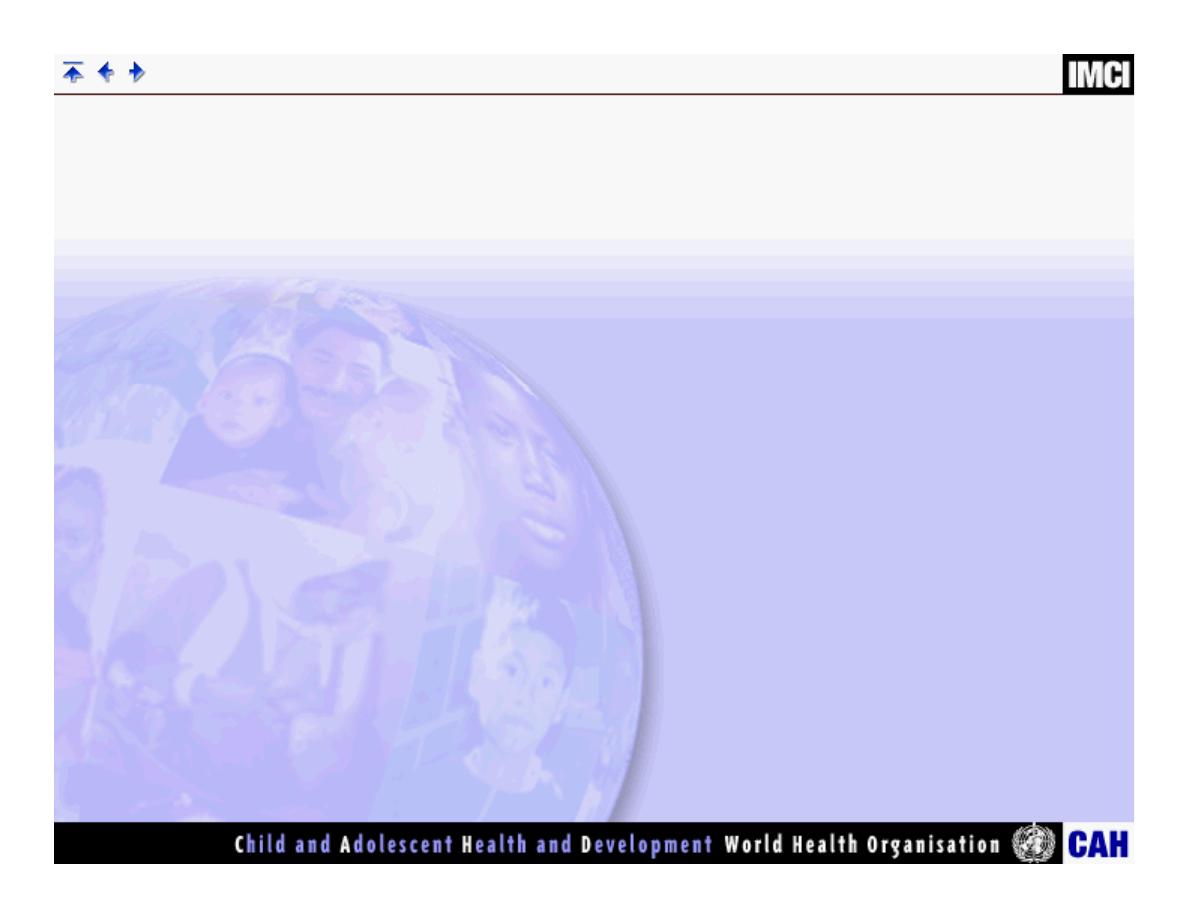
A c u t e R e s p i r a t o r y I n f e c t i o n s
A c u t e R e s p i r a t o r y I n f e c t i o n s
Wheezing
Drug management
•
Bronchodilators for asthma or recurrent airways
disease but
not
for bronchiolitus
•
Use of metered-dose inhalers with spacer device
•
Relatively inexpensive - Salbutamol inhaler $ 1.50
for 200 doses
•
Can be used in outpatient setting and at home
•
Combined inhaler and inhaled steroids (expensive)
reserved for cases of recurrent asthma
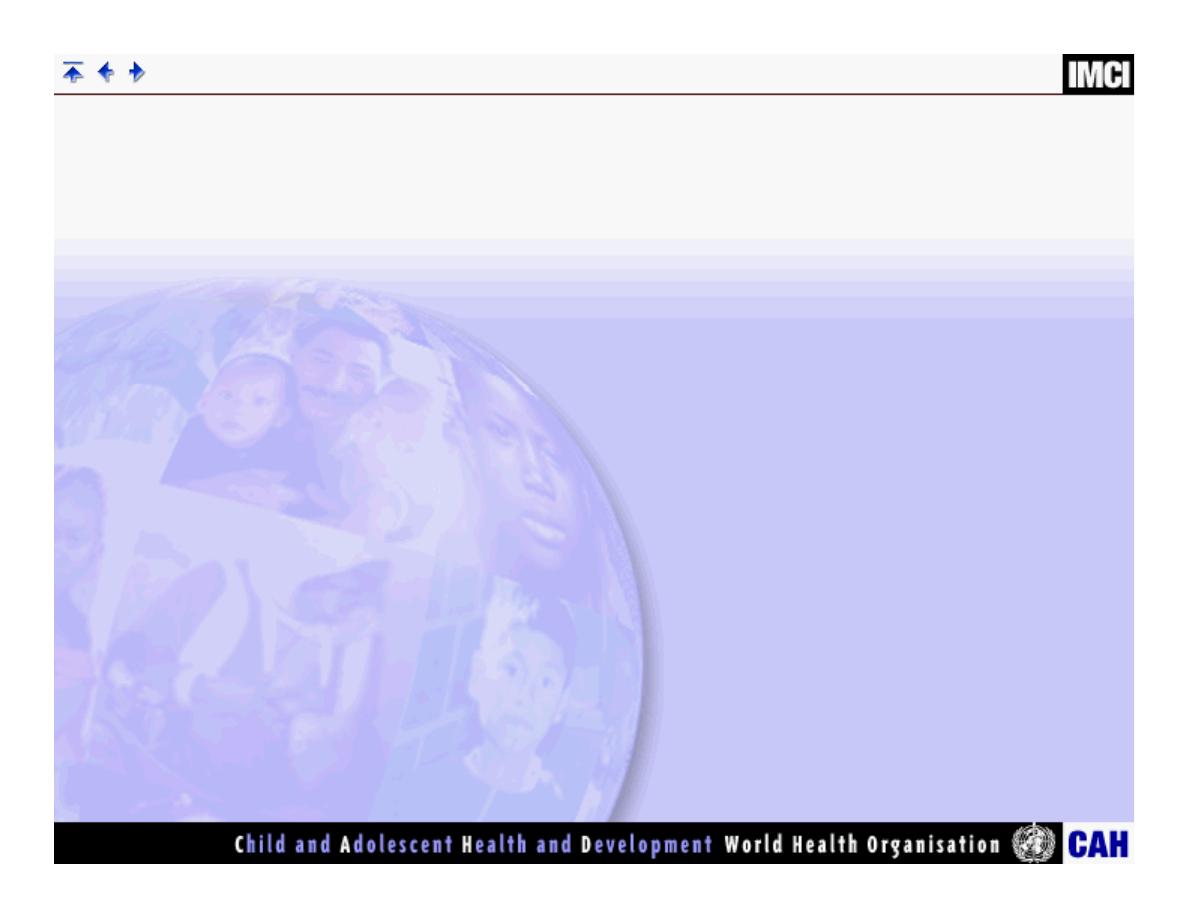
A c u t e R e s p i r a t o r y I n f e c t i o n s
A c u t e R e s p i r a t o r y I n f e c t i o n s
Wheezing
Disadvantages of Addition
•
Not a major cause of mortality
•
Recognition of audible wheeze is poor with low
specificity
•
Incorrect diagnoses increase clinic visits and drug
use
•
Drugs and supplies expensive to buy and maintain
at first-level facilities
•
Drugs often diverted to adults
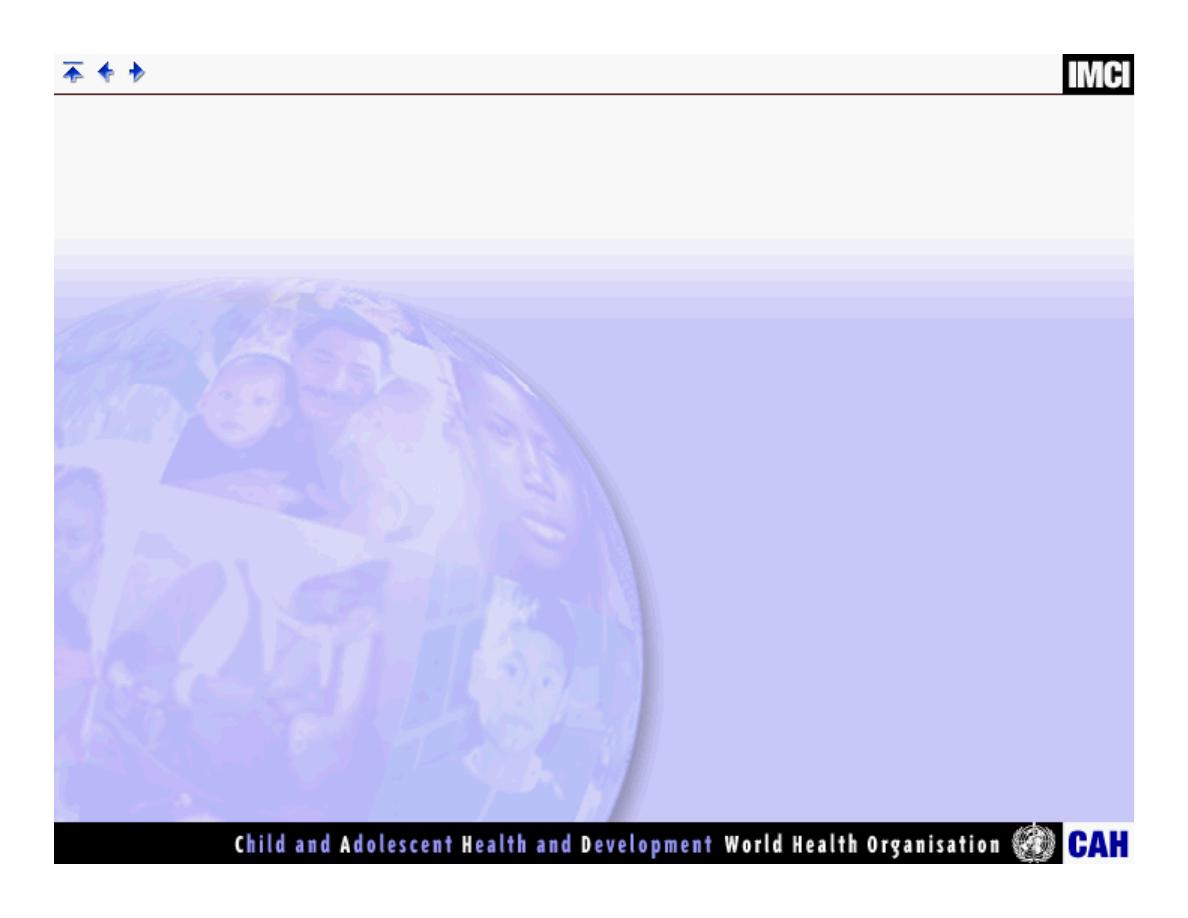
A c u t e R e s p i r a t o r y I n f e c t i o n s
A c u t e R e s p i r a t o r y I n f e c t i o n s
Wheezing
Consider Addition
•
In countries that can afford bronchodilators and
where morbidity from asthma is a problem
•
In areas where rapid-acting bronchodilators are
available at first-level facilities
•
When health workers are trained to recognize
audible wheeze and use bronchodilators
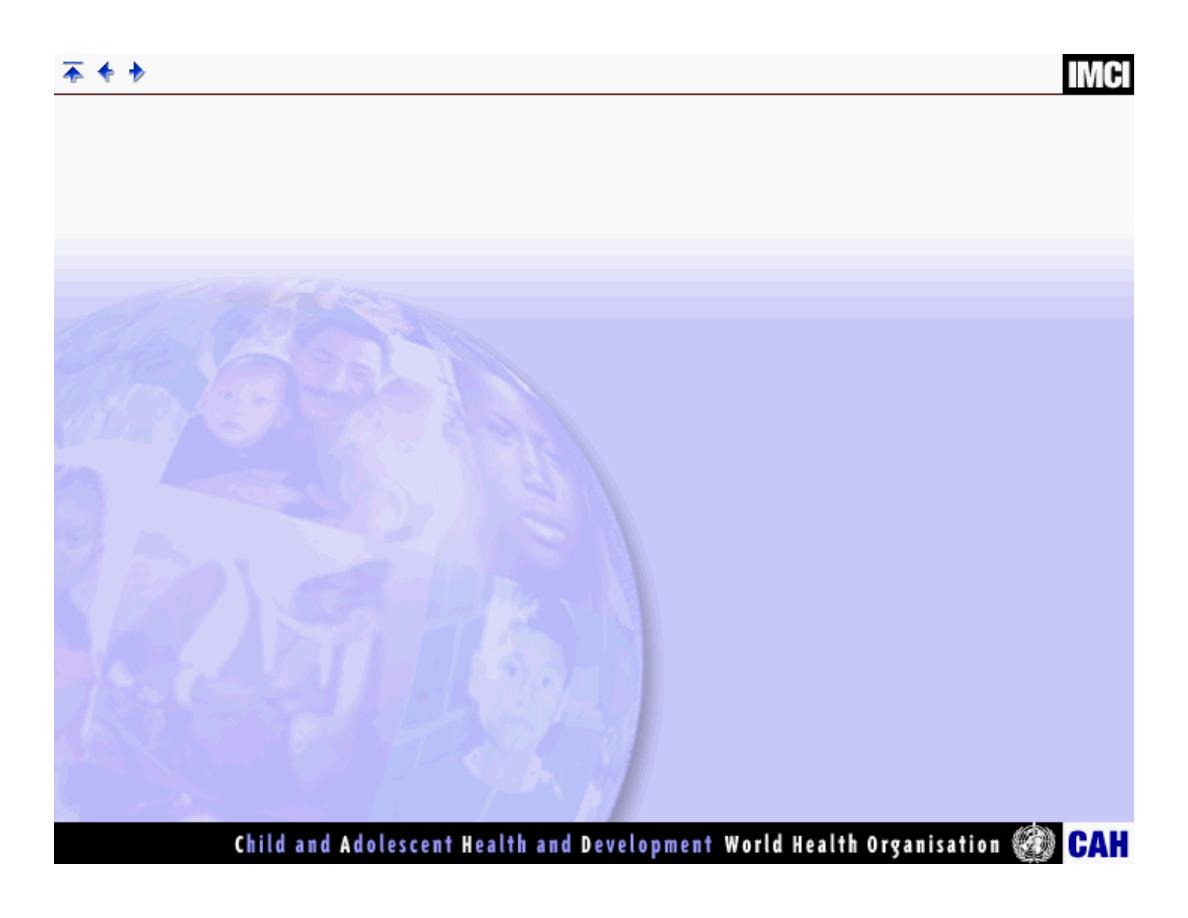
A c u t e R e s p i r a t o r y I n f e c t i o n s
A c u t e R e s p i r a t o r y I n f e c t i o n s
Wheezing
Consider Addition
•
If it will reduce unnecessary referral to the hospital
•
If caretakers can be trained in home use/compliance
•
If the health worker can recognize when a child with
recurrent wheeze is not responsive in the first-level
health facility
•
If health workers can recognize underlying bacterial
pneumonia
